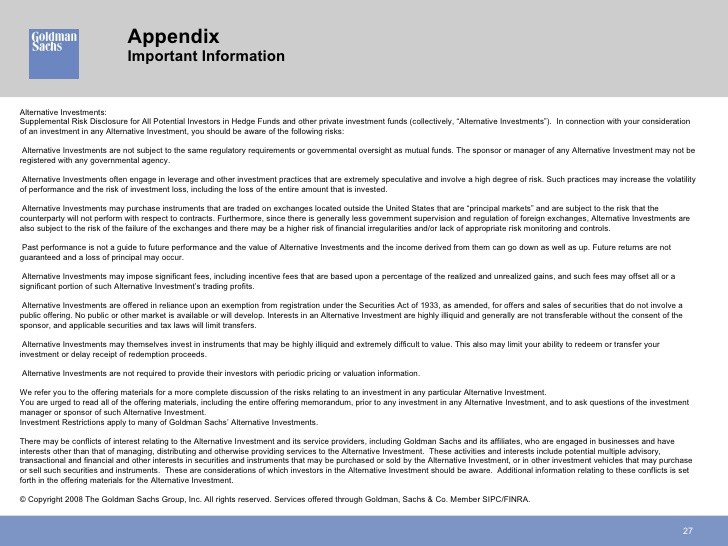Introduction to Exchange Traded Funds NYP Investment Club
Post on: 6 Июнь, 2015 No Comment

Introduction to Exchange Traded Funds
15/10/2013
Exchange Traded Funds (ETFs) in Singapore have come a long way since their first inception in 2002, when the first local ETF, STI ETF (formerly known as streetTRACKS STI ETF) made its debut on the Singapore Exchange.
ETFs are a type of security that mimics an index’s movement, such as the Straits Times Index (STI) in Singapore, and is traded on SGX along with other common stocks. By buying into an ETF such as the STI ETF, the investor gets a wide and diversified exposure into a basket of Singapore stocks that make up the STI. With an ETF, an investor can be said to own ALL 30 of the Singapore blue-chip stocks that make up the STI, without directly investing into each stock individually!
1. Information readily available
If you have ever heard of a unit trust (or mutual fund), you would know that the trading prices are not shown for each minute or hour. Trading prices of unit trusts, which are termed as NAVs(Net Asset Values) are only updated at the end of the day, and they only reflect the prices from the previous day of trading. ETFs work in the same way as unit trusts, in that their underlying assets are a basket of assets that seek to mimic a particular industry or index. However, the main difference is that as they are traded on an exchange like SGX, investors can see price changes immediately, trading volumes and price charts of the ETF at the click of a mouse button! As you can see, ETFs are much superior to unit trusts in terms of liquidity.
2. Lower expense ratio
As ETFs trade like stocks on SGX, they only incur trading costs like a normal stock would (GST, broker fees, clearing fees. ) which are much lower than a unit trust’s fees. Unit trusts are actively managed as compared to ETFs, which are passively managed, which means managers don’t actively trade to raise the fund’s performance and take a relatively laissez-faire approach to management. Hence, unit trusts incur fees such as management fees, loading (commissions), administrative fees, trustee fees and so on. As you now realize, it is much profitable to be investing in an ETF than a unit trust.
As mentioned, underlying assets of ETFs include a basket of assets that seek to track an index or some other benchmark. In an STI ETF for example, you actually hold an underlying of 30 blue-chip stocks from all types of industries in STI! This provides the investor with diversification benefits that allow the investor to spread his risk across the underlying portfolio. For example, if the commodities market in Singapore tumbles due to sudden news, STI will not be significantly affected, as the stocks from other industries (such as Financial) will offset or minimize the impact from commodity stocks like Olam and Noble.
Types of ETFs
In Singapore, there are 3 classes of ETFs for investors to choose from — Equities, Bonds and Commodities.

Equity ETFs track a stock index such as the STI (STI ETF), bond ETFs track a bond index (eg. ABF Singapore Bond Index Fund) and Commodities ETFs track a particular commodity index (eg. SPDR Gold Trust)
There are also other kinds of ETFs that track a particular country’s or region’s index. Some of the common examples are: Lyxor ETF MSCI India (tracks India’s index), CIMB FTSE ASEAN 40 ETF (tracks the ASEAN index). Other interesting ETFs that have appeared on the SGX are money market(CASH) ETFs (eg. DBX SINGAPORE CS) and inverse ETFs which has prices go the opposite direction of the particular index direction (eg. DBX S&P500 SH; shorting S&P 500 index).
Risks in ETFs
While I may have painted a slightly fancy picture of ETFs as an asset class, do note that there are also risks involved in investing in ETFs.
Firstly, you may lose all or part of your invested capital in ETFs as they are not guaranteed products like Fixed Deposits. Secondly, ETFs may not be able to exactly replicate the performance of the particular index due to fees, timing differences and other factors. Favorable price changes in the index may thus not result in a similar movement in the ETF. Third, investors who invest in ETFs that track overseas indexes or assets that are denominated in a different currency must be aware of the Foreign exchange risks involved. Currency fluctuations may hence eat up part or all of your gains! Lastly, investors who favor exotic ETFs (eg. ETFs that track index of a country like Bolivia, maybe?) may face liquidity risks as they may not be able to find a buyer or seller to enter or exit the transaction at the price you want.
The bottom line is that ETFs are a revolutionary financial product that can be of enormous benefit to the so-called average investor. In my opinion, no portfolio should be without at least one or two ETFs.














